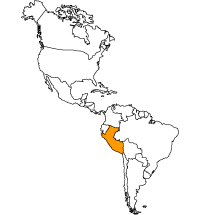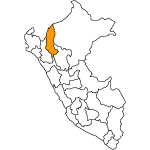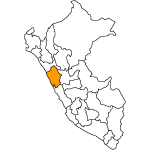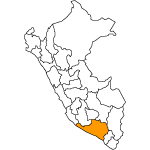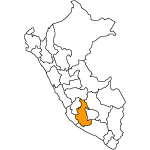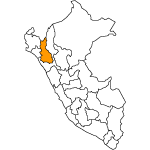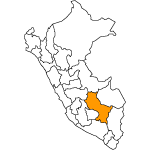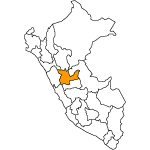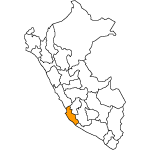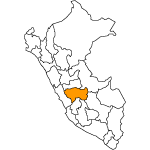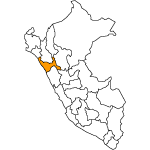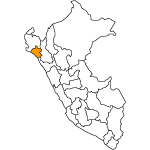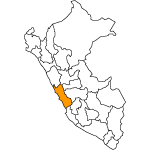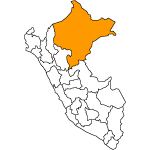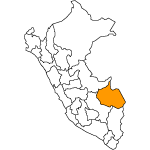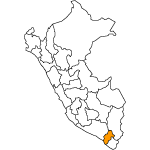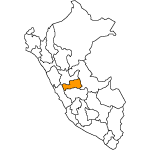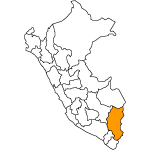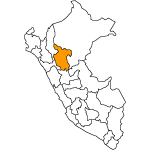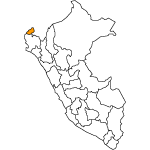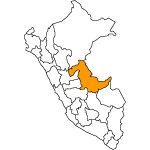Protected Areas in Peru
Sistema Nacional de Áreas Naturales Protegidas por el Estado - SINANPE is formed by all the Nature Areas protected by the State, for the management of which it is supported by public institutions at a national, regional, and municipal level, as well as by the involved private actors. At the moment, SINANPE consists of 61 protected areas.
The aim of SINANPE is to contribute to the sustainable development of the Country through the efficient management of the protected areas that preserve significant examples of biological diversity and to guarantee environmental, social, and economic benefits to the community. It currently covers the 13,74% (17.660.211,88 ha) of the national territory.
SINANPE is managed by Instituto Nacional de Recursos Naturales- INRENA, which depends on the Ministry of Agriculture and deals with the promotion and accomplishment of the necessary actions for the protection of the environment, the conservation of biological diversity, and the sustainable use of renewable resources. INRENA acts through another office, Intendencia de Áreas Naturales Protegidas - IANP.
Categories of Protected Areas
National Parks: areas representing significant examples of the great ecological units of the Country. They aim at protecting the ecological integrity of one or more ecosystems, floristic and wildlife associations, evolutionary processes, as well as landscape and cultural features.
National Nature Sanctuaries: areas established to preserve the habitat of a species or community of flora and fauna, as well as natural formations of scientific and landscape interest, and of national importance.
Historical Nature Sanctuaries: these areas, besides protecting spaces housing relevant natural values, represent the context of the monumental and archaeological heritage of the Country or have been theater of important national historical events.
National Reserves: areas for the conservation of biological diversity and sustainable use, also commercial, of the resources of flora and fauna which are subject to management plans (the activities linked to the commercial use of the wood for the production of timber are not included).
Landscape Reserves: areas aimed at the protection of environments whose geographical integrity demonstrates the harmony existing between man and nature, and which are therefore characterized by natural, cultural, and aesthetic values.
Municipal Reserves: areas aimed at the conservation of flora and wildlife in favor of the local rural population. The use and marketing of the resources are subject to management plans approved by the competent authority and under its supervision.
Protection Woodlands: they are established to protect basins or reservoirs, banks along rivers or other watercourses and, in general, to protect the most fragile lands from erosion. In them, the use of the resources and the development of activities which do not damage the vegetal covering, the fragile soils, and the watercourses are allowed.
Hunting Reserves: they are established for the use of the wildlife through the regulated practice of sport hunting.
Reserved Areas: they are temporarily established in areas which are characterized by the necessary conditions to become protected areas, but which also need complementary studies to decide, among the other things, about their size and category. They also belong to SINANPE.
Source: Instituto Nacional de Recursos Naturales - INRENA
|


